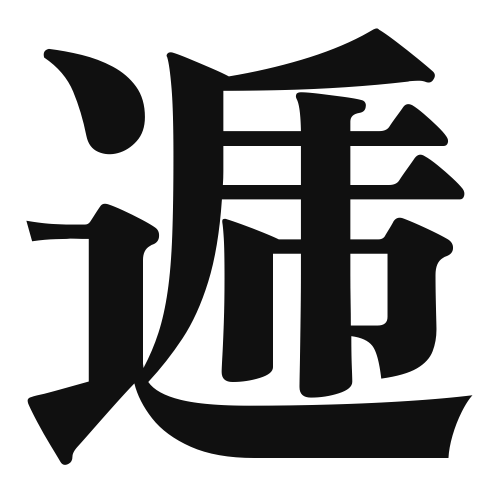1. Overview of Meaning
The kanji “逓” (tei) generally means “to alternate” or “to take turns.” It is often used in contexts related to the sequential or gradual transfer of something, such as in communication or transportation.
2. Formation and Radical
Formation of the Kanji: The kanji “逓” is a phono-semantic compound (形声文字), which means it combines a phonetic component with a semantic component. The left part “辶” (which represents movement) indicates the action of moving or going, while the right part “弟” (which means younger brother) contributes to the pronunciation.
Radical: The radical of “逓” is “辶,” which is related to movement and walking.
3. Examples of Usage
Common Words and Phrases:
- 逓送 (ていそう, tei-sou) – to send in succession
- 逓減 (ていげん, tei-gen) – gradual decrease
Example Sentences in Daily Conversation:
- このプロジェクトは、逓送の方法で進める必要があります。 (This project needs to be carried out in a sequential manner.)
- データは逓減しているようです。 (It seems that the data is gradually decreasing.)
4. Synonyms and Antonyms
Similar Kanji:
- 交 (こう, kou) – to intersect or alternate, but often implies a more active exchange.
- 連 (れん, ren) – to connect or link, which emphasizes continuity rather than alternation.
Antonyms:
- 単 (たん, tan) – single or one, which contrasts with the idea of alternation or succession.
5. Cultural and Historical Background
Relation to Japanese Culture: The concept of “逓” is significant in Japanese culture, particularly in the context of communication and relationships, where taking turns and sequential actions are valued.
Proverbs and Idioms: While there may not be specific proverbs that use “逓,” the idea of taking turns is reflected in various cultural practices, such as in traditional games and ceremonies where participants alternate roles.
